Known for large heart-shaped leaves and pretty pipe-shaped flowers, Aristolochia is a climbing plant that can quickly become substantial. Vigorous, it tends to grow very expansively. To keep it healthy and under control, a simple maintenance pruning at the end of winter is enough to limit its development. Here is when and how to prune Aristolochia so it remains lovely and neatly kept all year round!
Why prune Aristolochia?
Aristolochia is a large-growing climbing plant. Equipped with stems with tendrils, it can quickly cover 8 to 10 m² and reach between 10 and 20 m in height, like Aristolochia macrophylla, more commonly called Aristolochia siphon. It is perfect for planting on a wall, dressing a fence or a pergola. Pruning Aristolochia is primarily necessary to control its vigour. Without pruning, it may spread uncontrollably, smothering nearby plants or covering more space than desired. A light annual pruning allows it to retain a harmonious structure. By removing damaged stems, the plant also redirects its energy to sturdier parts, which stimulates new healthy shoots.
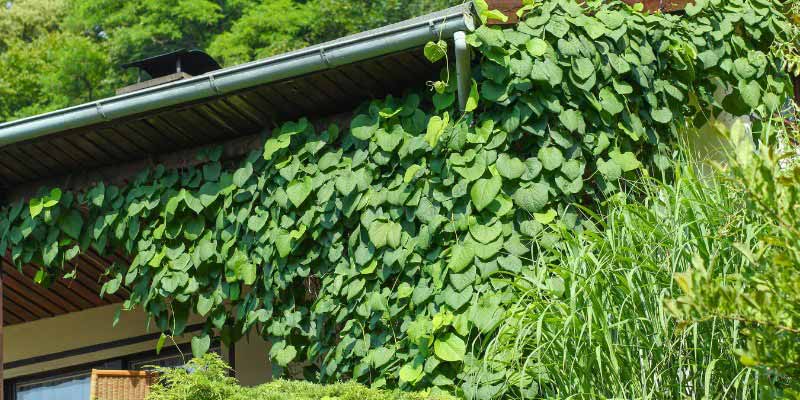
When to prune Aristolochia?
Best time to prune Aristolochia is late winter, just before growth resumes. This pruning is mainly done once a year, but this climbing plant can also be pruned after flowering if it needs to be contained during the season.
How to prune Aristolochia: step by step
Required equipment
- A pruning shear clean and sharp for pruning above-ground parts;
- gardening gloves to protect your hands, as the sap of Aristolochia is toxic
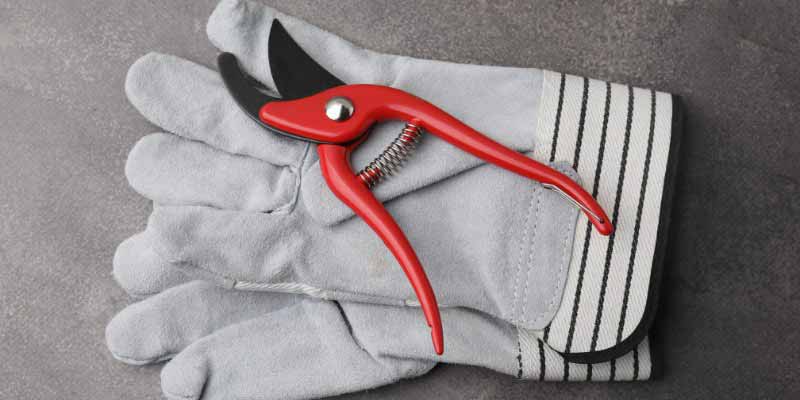
Parts to prune on Aristolochia are:
- stems that are too long invading space or unbalancing the plant's shape;
- dry, damaged or dead stems, often brittle and brownish;
- thin or poorly placed stems that harm aesthetics and structure;
- old branches to stimulate new shoots and keep the plant vigorous.
Step 1: Make sure to disinfect your tools to avoid transmitting disease. Wear gloves when pruning Aristolochia, as some parts of the plant are toxic and irritating to the skin.
Step 2: Remove dry, thin, dead or winter-damaged stems to improve air circulation and light penetration. These branches are not useful and can be removed without problem. Cut these stems at their base.
Step 3: Shorten the branches to limit growth. Cut branches to two-thirds of their length. Make a slanted cut just above a bud facing outwards. This angled cut prevents water from sitting on the wound, which reduces risk of rot. By reducing the main branches, you prevent Aristolochia from becoming too bulky and untidy. Even though pruning can be vigorous, it is recommended not to remove more than 50 to 60% of the plant at once to avoid stressing it excessively, especially if it is older.
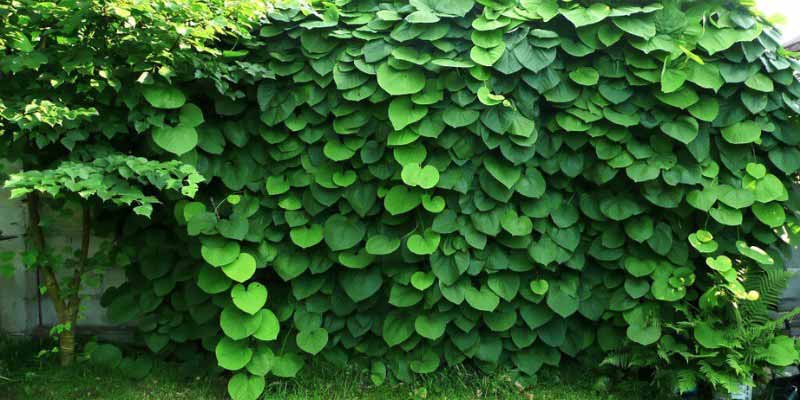
Step 4: Once the shoots have been pruned, ensure the plant still has a balanced structure and that no branch dominates disproportionately. Avoid cutting too many branches on one side to maintain an attractive shape. If some branches still look unbalanced compared with the rest of the plant, feel free to shorten them slightly.
Aftercare following pruning
- After pruning, it can be wise to add a little compost or organic fertiliser at the base of the plant to encourage a vigorous restart in spring.
- Given the toxicity of Aristolochia, pruning waste must not be added to compost intended for the vegetable garden or edible plants. Consider disposing of it in green waste.
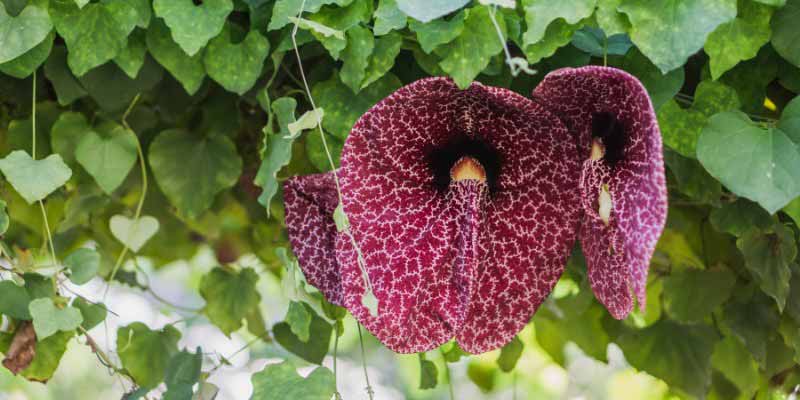































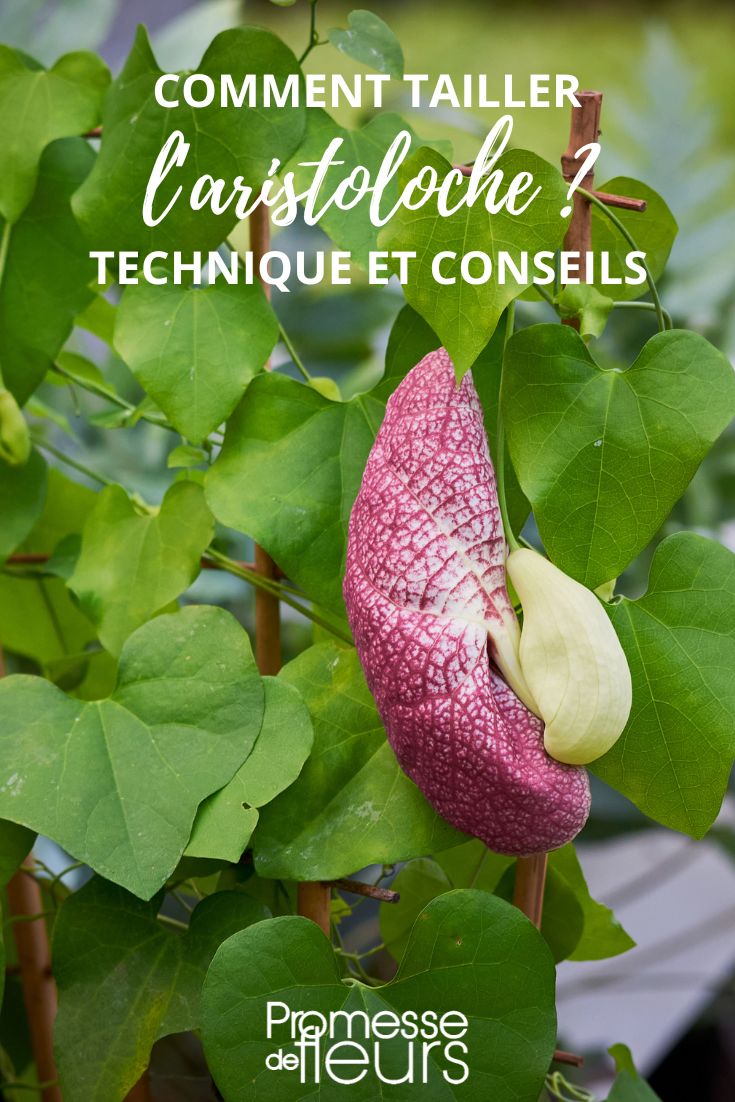
Comments